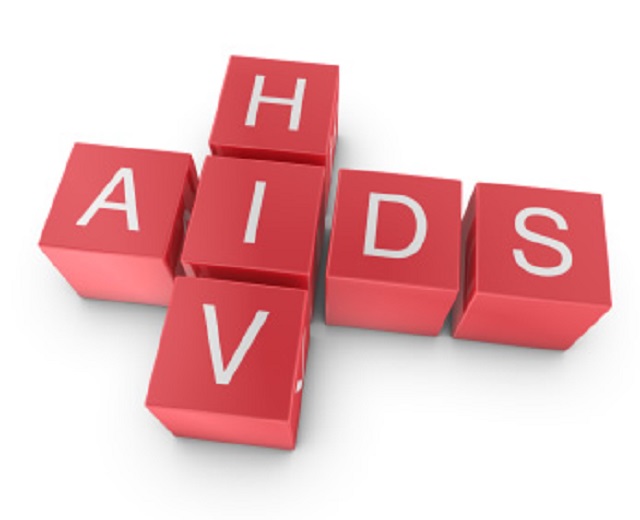Gwanda HIV prevalence cause for concern

Richard Muponde, Gwanda Correspondent
GWANDA District has one of the country’s highest HIV prevalence rates at 21, 9 percent with 1 267 new cases having been recorded last year, a senior health official said yesterday.
At that level, the prevalence rate is way above the national one which is 15 percent.
The key affected populations were as identified as sex workers, youths, long distance truck drivers, artisanal miners and prisoners.
This was revealed by Gwanda District Medical Officer, Dr Andrew Felix Muza. at the belated District World Aids Day commemorations held under the theme “Closing Tap of New Infections” at Mapati Clinic in Gwanda South.
“This calls for all stakeholders and partners in the response to HIV and Aids including government to scale up our work in line with the theme and close tap of new HIV infections.
“We therefore have to offer these target groups and the entire population combined, integrated interventions comprising condom distribution, HIV testing services, prevention of mother to child transmission, voluntary male circumcision, including treatment which has been proven to reduce the chances of HIV transmission. The use of evidence in determining which interventions work is imperative,” said Dr Muza.
He said there was particular need to sharpen HIV prevention interventions to ensure that 90 percent of all people living with HIV know their HIV status by 2020 for them to be able to access treatment.
“While revitalisation of HIV prevention is central to this year’s theme, we should also not negate the people living with HIV, who need various forms of care and treatment. In line with that, the Ministry of Health and Child Care, National Aids Council and partners recently launched the HIV Treat All in Gwanda to ensure that everyone who has HIV has access to quality care and treatment at all levels of healthcare,” he said.
“This has helped many people in the area to be able to get tested and be initiated on ART immediately. You will agree with me that treatment is an expensive form of response and can reduce the bill of buying anti-retroviral drugs by investing more in HIV prevention.”
Speaking at the same function the District Aids Action Committee (DAAC) chairperson, also Gwanda Rural District Council chief executive officer, Mr Ronny Sibanda, said “closing the tap to new infections” was a major priority in the pursuit of the ending of Aids by 2030 in line with the Sustainable Development Goals (SDGs) which Zimbabwe has committed to.
“This commitment also integrates the interim fast track targets wherein 90 percent of people living with HIV must be on treatment by 2020 while 90 percent of people on treatment should have their viral load suppressed in the same year.
The targets are complemented by the Stay Free, Aids Free which is a super fast track framework for ending Aids in children, adolescents and young women by 2020 with a particular focus on closing gaps in access and utilisation of services among these groups,” said Mr Sibanda.
The new development comes when the Zimbabwe Population Based HIV Impact Assessment study named Matabeleland region as the hot spot of HIV and Aids -@richardmuponde











Comments